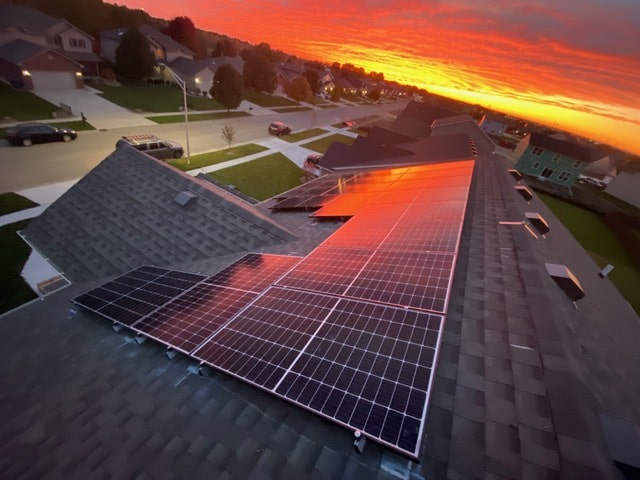In the quest for cleaner and more sustainable sources of energy, solar power has emerged as a shining star on the horizon. Harnessing the abundant energy from the sun’s rays, solar energy utilities have become a critical component of our efforts to transition away from fossil fuels and reduce our carbon footprint. In this blog post, we will take a deep dive into the fascinating journey of how solar energy utilities work, from capturing sunlight to delivering it to our homes and businesses.
Capturing Sunlight: Photovoltaic Technology
At the heart of solar energy utilities lies photovoltaic (PV) technology, which converts sunlight directly into electricity. Solar panels, made up of numerous solar cells, are the essential components responsible for this conversion. These cells are typically made from semiconductor materials, such as silicon, that exhibit the photovoltaic effect. When sunlight strikes these cells, it releases energy in the form of photons. These photons then knock electrons loose from atoms, generating an electric current that can be captured and utilized.
The efficiency of solar panels in converting sunlight to electricity has improved significantly over the years, thanks to ongoing advancements in materials, design, and manufacturing processes. This has made solar energy utilities increasingly viable and cost-effective.
Inverter Technology: Converting DC to AC
The electricity generated by solar panels is in direct current (DC) form, which is suitable for some applications but not for most of our household and industrial needs. To make solar energy usable, an inverter is employed to convert the DC electricity into alternating current (AC) electricity, which is what our appliances and electrical systems operate on.
Inverters play a crucial role in optimizing the efficiency and performance of solar energy utilities. They also allow for synchronization with the power grid, ensuring that excess energy can be fed back into the grid and making solar installations a valuable source of renewable energy.
Net Metering and Grid Integration
One of the most exciting aspects of solar energy utilities is their potential to not only provide power but also contribute to the overall stability of the electricity grid. Net metering is a billing arrangement that allows solar energy system owners to receive credit for the excess electricity they produce and feed back into the grid. During times when a solar installation generates more electricity than is being consumed, the excess is essentially banked, and the owner is compensated through reduced electricity bills or even payments from the utility company.
This concept of grid integration highlights the symbiotic relationship between solar energy utilities and the traditional power grid. Solar power can offset the demand for electricity from non-renewable sources during peak daylight hours, thereby reducing strain on the grid and decreasing the need for fossil fuel-based power generation.
Energy Storage: Overcoming Intermittency
While solar energy utilities provide a clean and abundant source of energy, they are inherently intermittent due to factors such as weather conditions and daylight hours. This intermittency has led to the development of energy storage solutions, such as batteries, which store excess energy generated during sunny periods for use when the sun isn’t shining.

Energy storage systems enhance the reliability and predictability of solar energy utilities, making them more practical for a wider range of applications. They also offer the potential for off-grid installations, enabling remote areas to access clean energy without relying on traditional power infrastructure.
Distribution and Utilization
Once solar energy is converted and integrated into the grid, it becomes part of the larger network that distributes electricity to homes, businesses, and industries. This distribution process involves transformers, transmission lines, and substations that ensure the electricity is delivered safely and efficiently to its intended destinations.
On the receiving end, solar energy is seamlessly integrated into our daily lives. From powering household appliances to fueling industrial processes, solar energy utilities contribute to a more sustainable and environmentally friendly energy landscape. For more articles, information, and resources on how solar energy utilities work, browse around this website to learn more.
Conclusion
Solar energy utilities have transitioned from a futuristic concept to a tangible and integral part of our energy infrastructure. By capturing the sun’s energy and converting it into electricity, solar power offers a clean and renewable alternative to traditional fossil fuel-based sources. Through advanced technologies like photovoltaic panels, inverters, net metering, energy storage, and grid integration, solar energy utilities have overcome challenges and are now contributing to a more sustainable and resilient energy future. As we continue to invest in and refine these technologies, solar power is poised to play an even larger role in shaping our energy landscape and reducing our carbon footprint.

